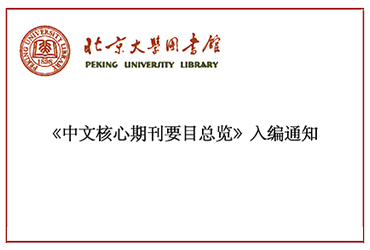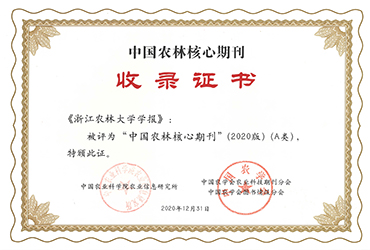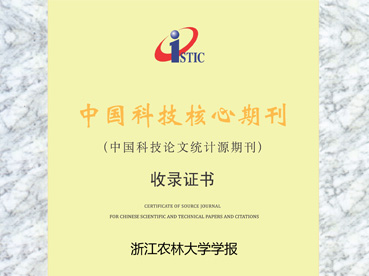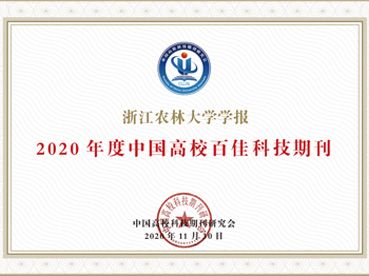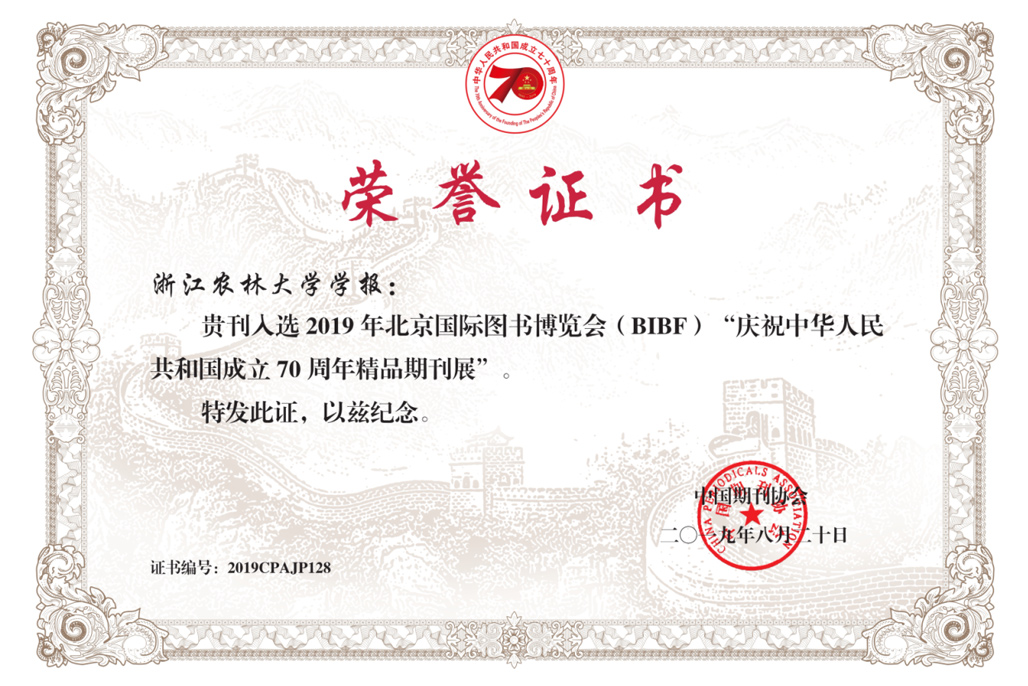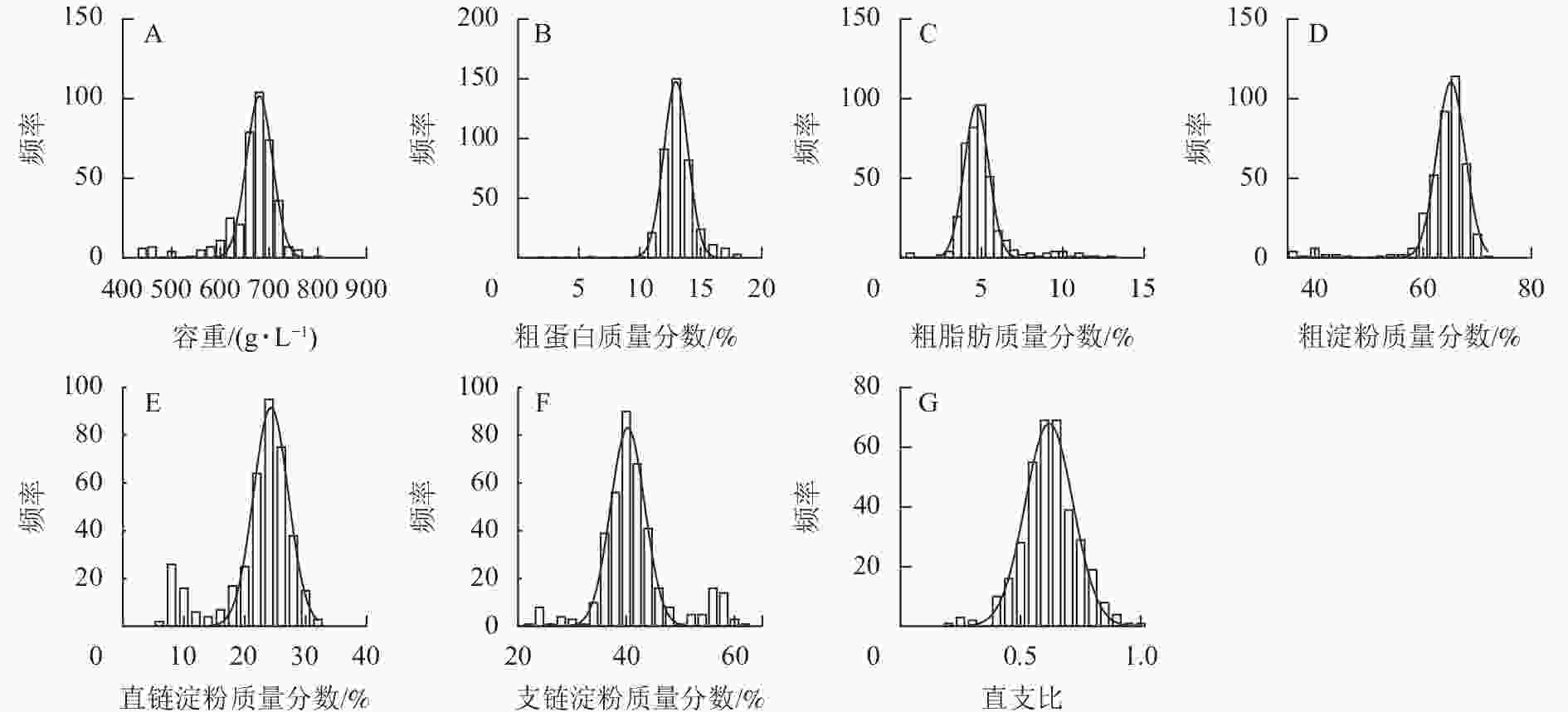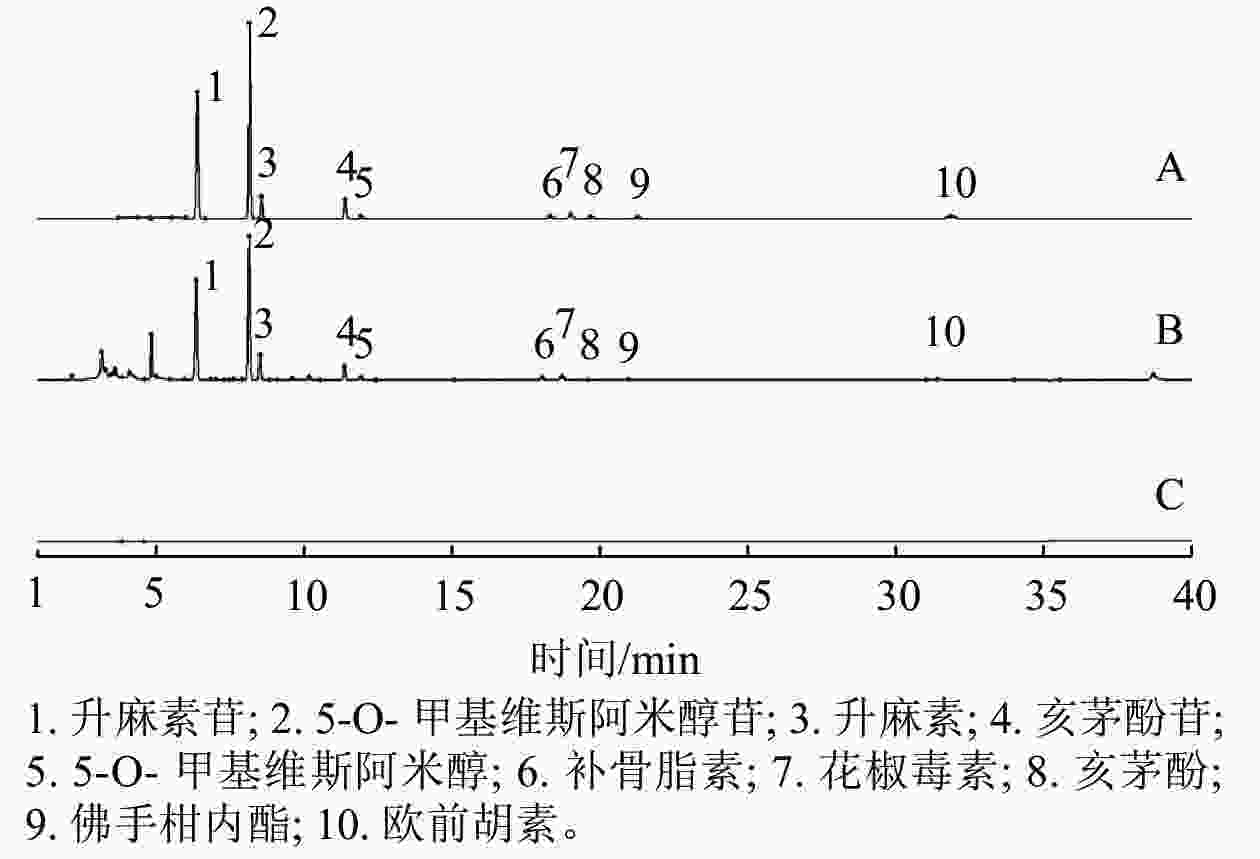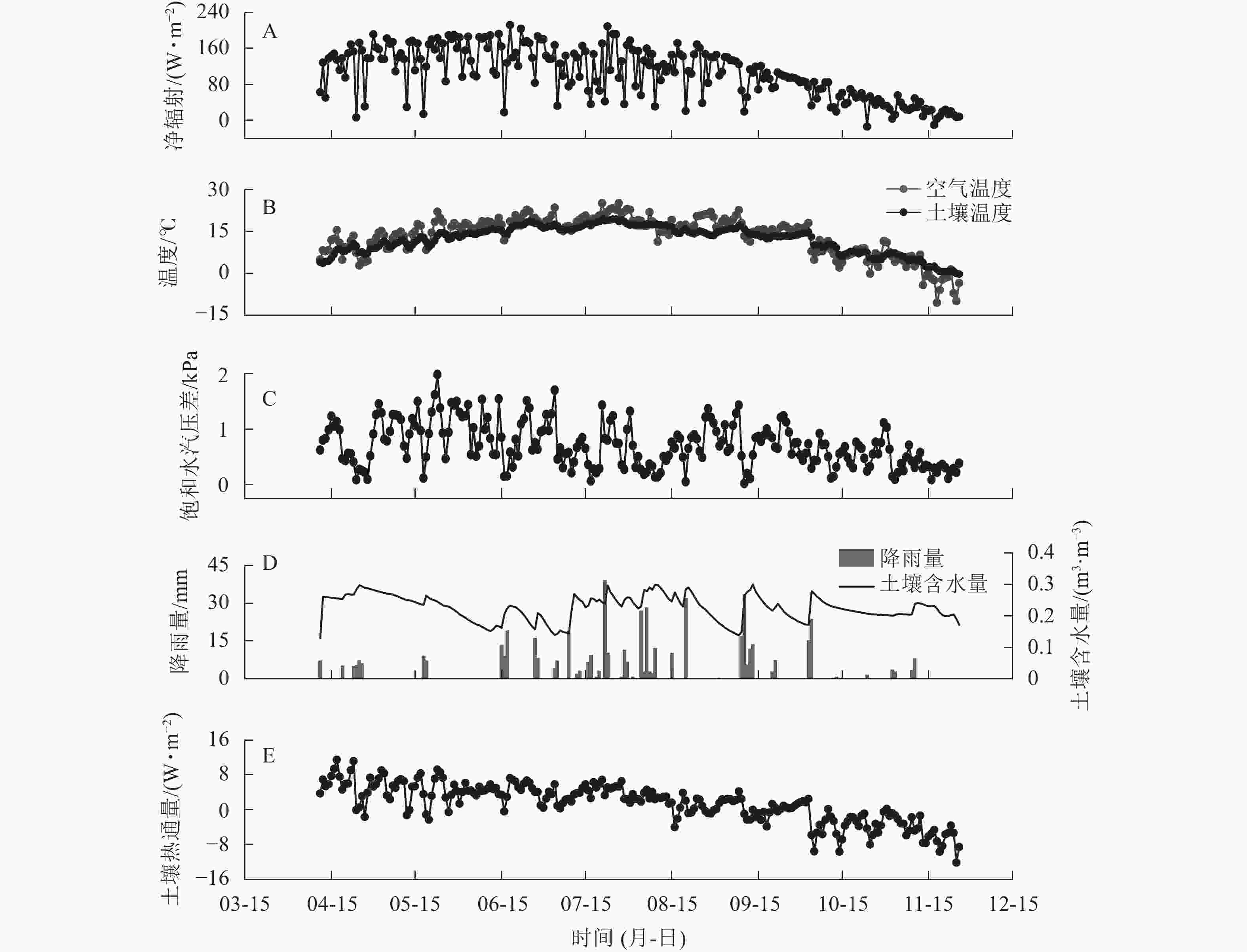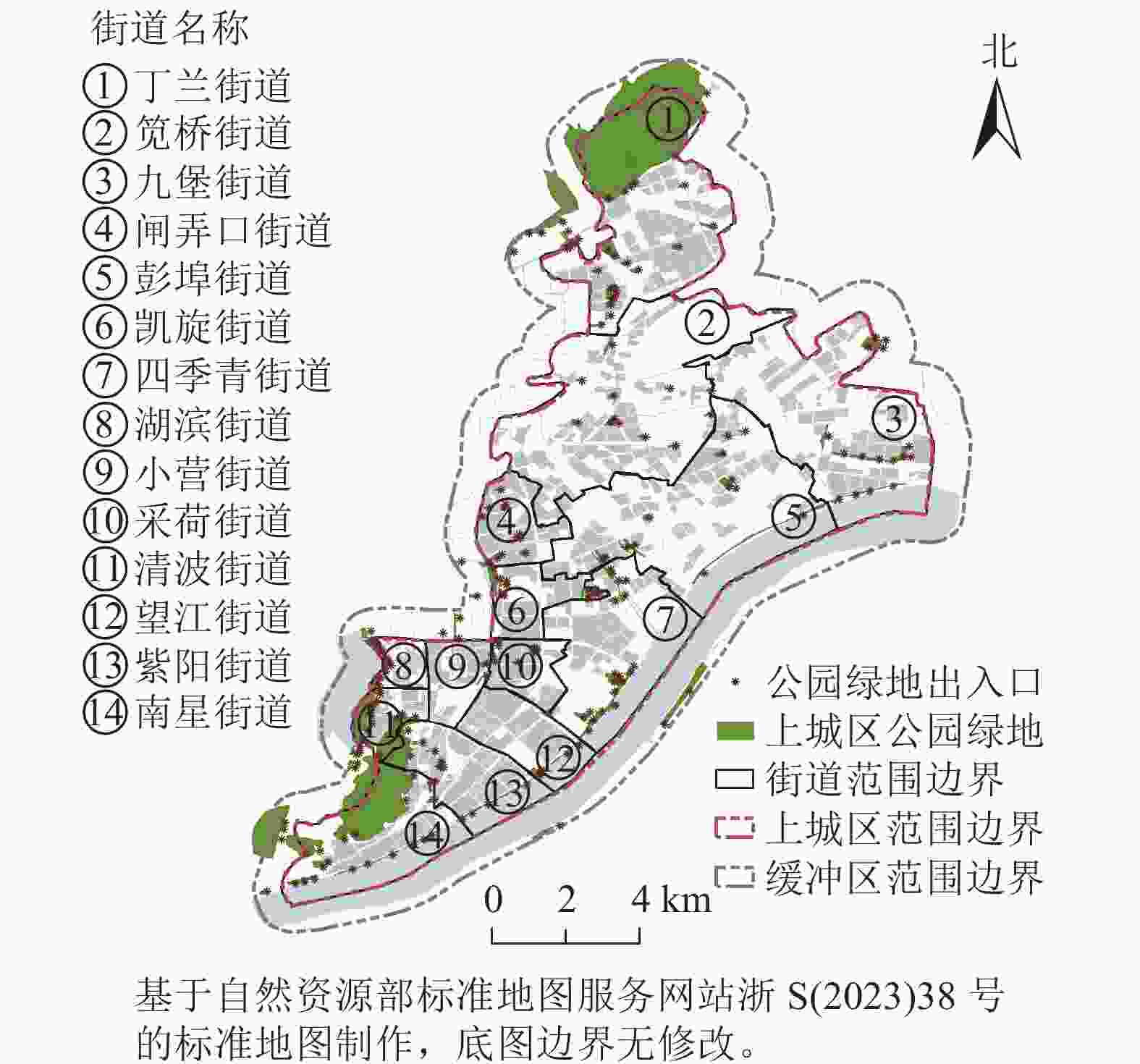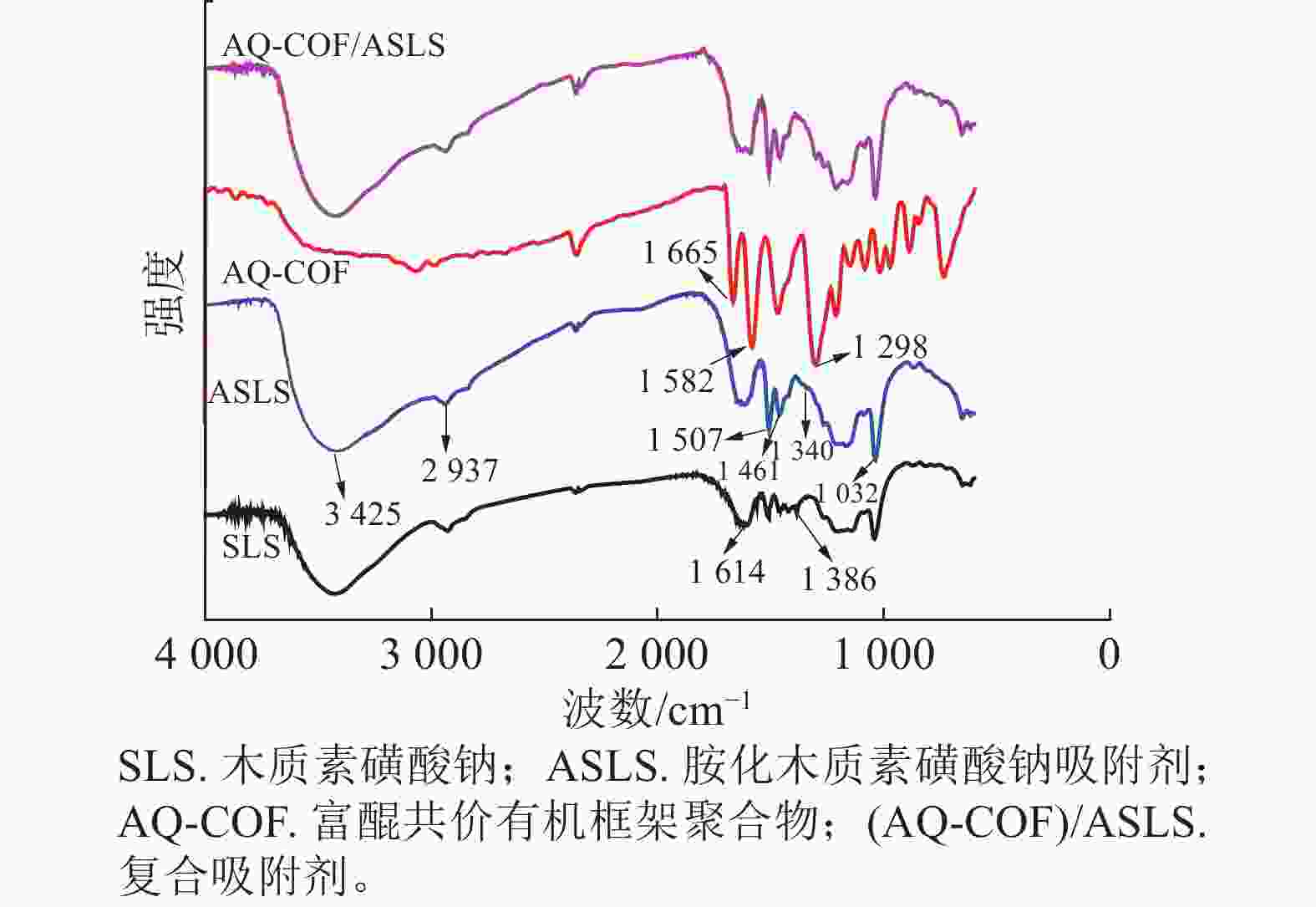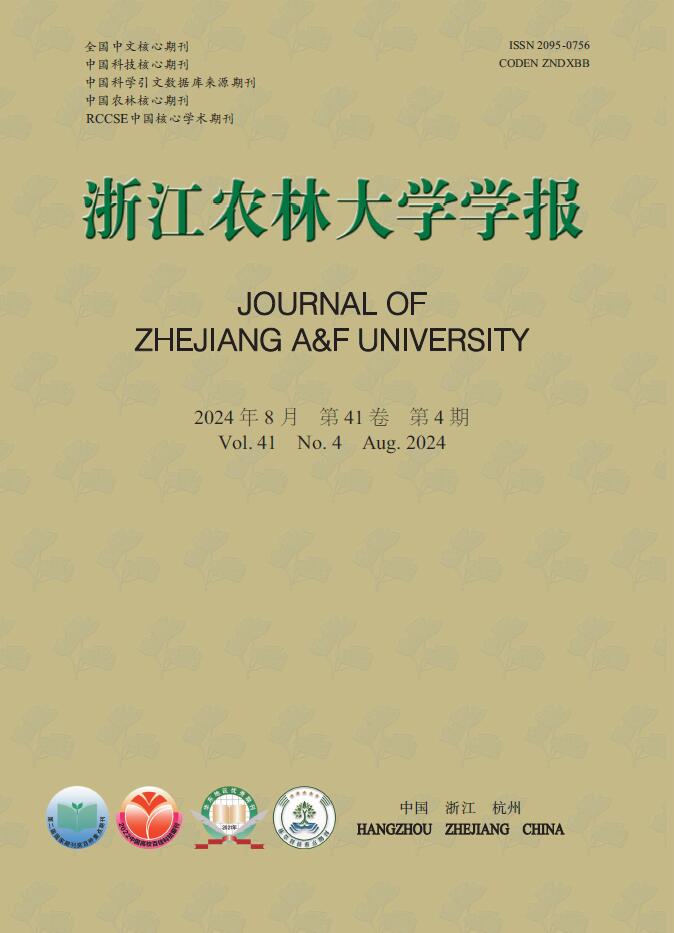Light is a crucial environmental factor affecting plant growth and development. It is of great scientific significance and application value to enhance plant yield and quality in agricultural production by improving its photosynthetic efficiency. In dense plant communities, lower plants receive less light energy due to the coverage of upper vegetation, so lower plants need to compete for more light energy to maintain growth. Plants have two strategies to obtain more light energy: shade avoidance syndrome (SAS) and shade tolerance response (STR). Research on SAS is relatively thorough, but there is a lack of in-depth research on STR. This paper provides an overview of how sunny plants adapt to lower light level by extending hypocotyl, petioles, stems and other physiological morphological changes in shaded environments. At the same time, shade tolerant plants respond to limited light conditions by exhibiting shade resistance characteristics such as promoting carbon acquisition, low phenotypic plasticity ability and improving stress resistance. Combined with the mechanism of shade avoidance response of sunny plants in response to low light environment through the interaction between hormones and light signaling pathways, the shade tolerance response mechanism of shade tolerant plants in shaded environments is studied, which involves both activating antagonistic factors to inhibit shade avoidance syndrome and improving the transcription activity of shade tolerance response genes to enhance low light adaptability. This review provides reference for research on the mechanism of different plants responding to low light environments, and proposes effective ways to improve the efficiency of plant light energy utilization, cultivate crop varieties with high light efficiency, and construct efficient forest ecosystems. [Ch, 3 fig. 61 ref.]
The implementation of carbon labeling for agricultural products can promote precise and efficient carbon reduction in agricultural sector, support the realization of agricultural ecological value, innovate agricultural income models, and enhance domestic and international market competitiveness. China started late in this respect compared with foreign countries, with insufficient guidance from the top, and it was necessary to accelerate the implementation process. Difficulties existing in the implementation process of carbon labeling for agricultural products were analyzed. On the one hand, the carbon footprint accounting capacity for agricultural products was weak. Due to incomplete accounting standards and the weak data base, the accounting results were incomplete and inconsistent and comparability was low. On the other hand, there was insufficient driving force for the implementation of carbon labeling for agricultural products. Factors such as limited awareness, ability, and motivation of agricultural producers, weak willingness of consumers to pay, and lack of established standards and systems all contributed to limited credibility of accounting and certification results, and funding and other elements of security were not guaranteed. The main paths for promoting the application of carbon labeling for agricultural products were discussed, such as speeding up the development of accounting standards, consolidating the data base, promoting international mutual recognition of standards, data, and results, so as to enhance the capacity of carbon footprint accounting. Then, sound carbon labeling system should be established, including certification system and factor support system. Finally, the promotion of carbon labeling should be intensified by developing green consumption scenarios and providing technical support. [Ch, 2 fig. 1 tab. 45 ref.]
The vascular cambium is located between the xylem and phloem, which is responsible for many growth and development processes, and also plays an important role in wood production. In simulating cambium growth and potential molecular processes, deep imaging combined with gene expression analysis is a cutting-edge research direction, and mathematical modeling and simulation combined with real-time imaging have important application prospects. Based on this technique, some representative achievements at the molecular level of cambium activity are summarized, and the future research prospects are proposed. At present, molecular studies on cambium activity in plants mainly focus on: (1) cambium activity is regulated by plant hormone signaling; (2) cambium activity is regulated by transcription factors and peptide receptor signaling; (3) cambium activity is regulated by receptor kinase signals peptide receptor signaling. The main conclusions are that WOX4, WOX14, HB4, HB7, HB8 and ANT positively regulate the activities of tree cambium and can be used as the first choice for transgenic wood roughening breeding. In the future, the analysis of cell-to-cell communication connections in the cambium through computer models can better analyze the molecular mechanism of vascular cambium development in woody plants. [Ch, 3 tab. 68 ref.]
Bimonthly, Start in 1984
Supervisor:Department of Education of Zhejiang Province
Sponsor:Zhejiang A&F University
Editor-in-Chief:SHEN Xi
Editor:Editorial Department of Journal of Zhejiang A&F University
Tel:0571-63732749
E-mail:zlxb@zafu.edu.cn
-
1
Carbon-fixing oriented management patterns of Phyllostachys pubescens and their benefits
WANG Xi-feng, SHEN Yue-qin, WANG Feng, ZHENG Xu-li, HU Zhong-ming -
2
Continuum removal based hyperspectral characteristic analysis of leaves of different tree species
DING Li-xia, WANG Zhi-hui, GE Hong-li -
3
Research progress on agronomic characteristics of Miscanthus
ZHAN Wei-jun, REN Jun-xia, JIN Song-heng, HUANG You-jun, PAN Yin-hui, ZHENG Bing-song -
4
Efficacy of three insecticides against Phenacoccus kaxinus and Eucryptorrhynchus brandti
CHU Jiamiao, ZHONG Tailin, HUANG Shanshan -
5
Application and prospect of organic biocides in timber preservation
SUN Fang-li, BAO Bin-fu, CHEN An-liang, ZHOU Yue-ying, YU Hong-wei, DU Chun-gui

